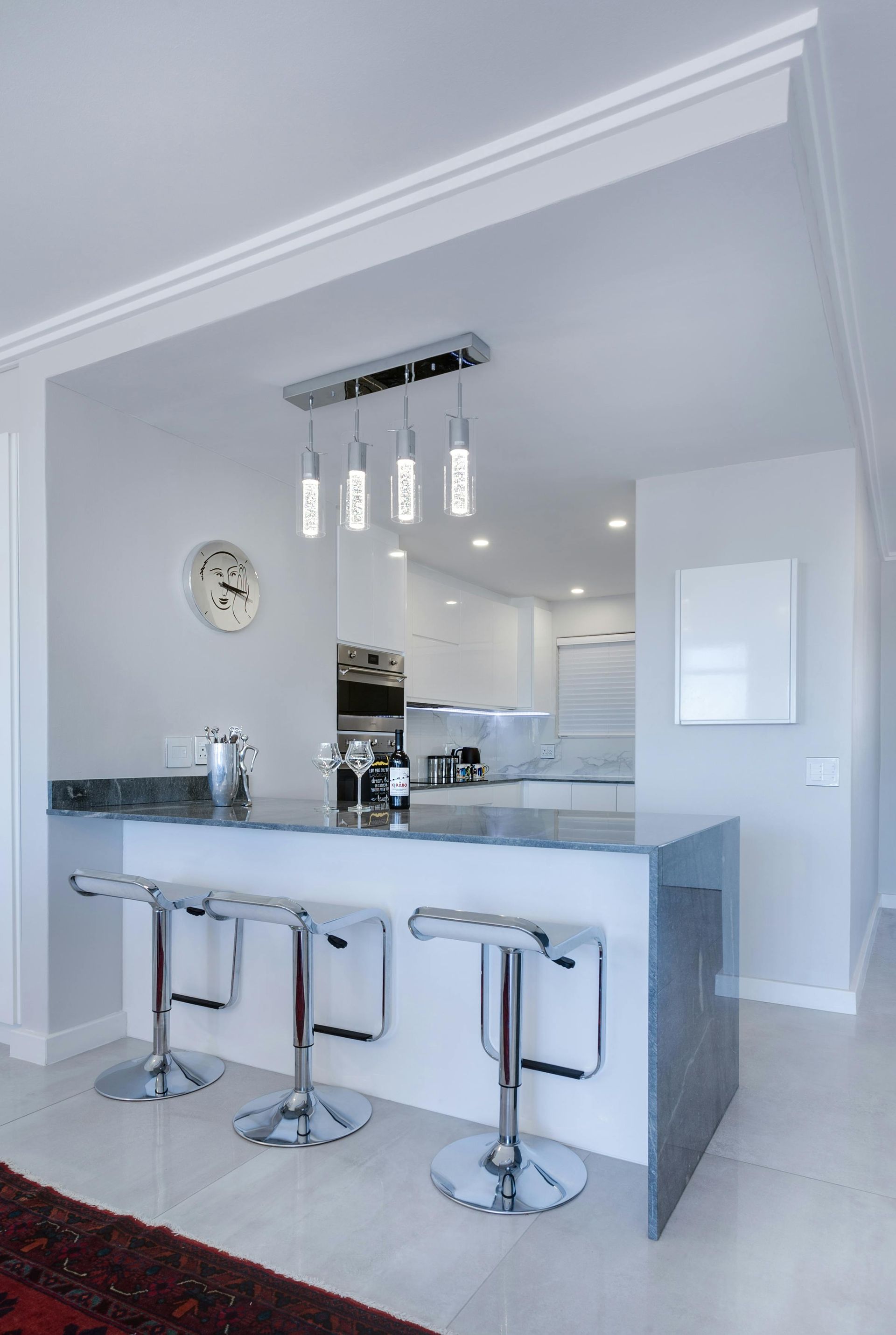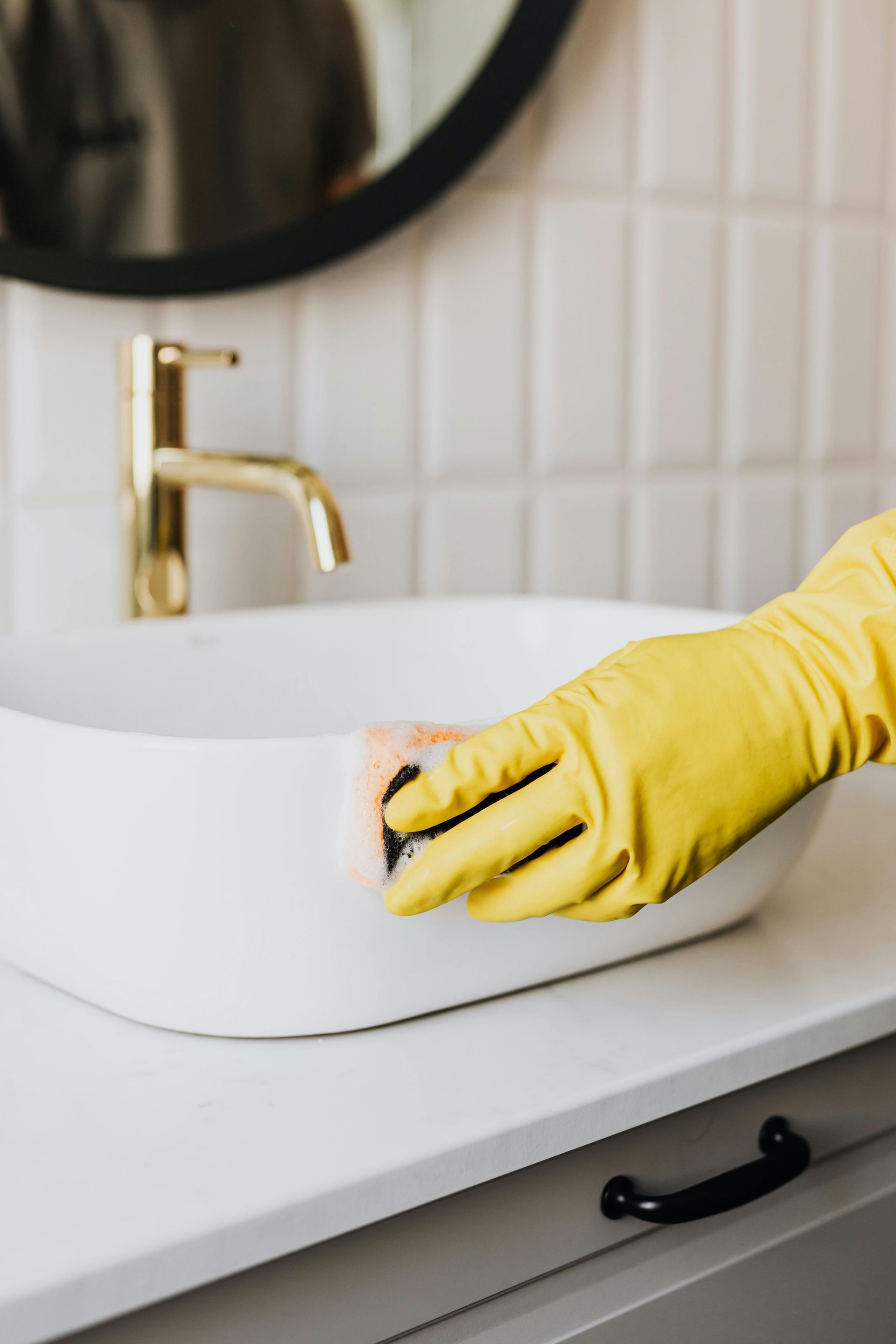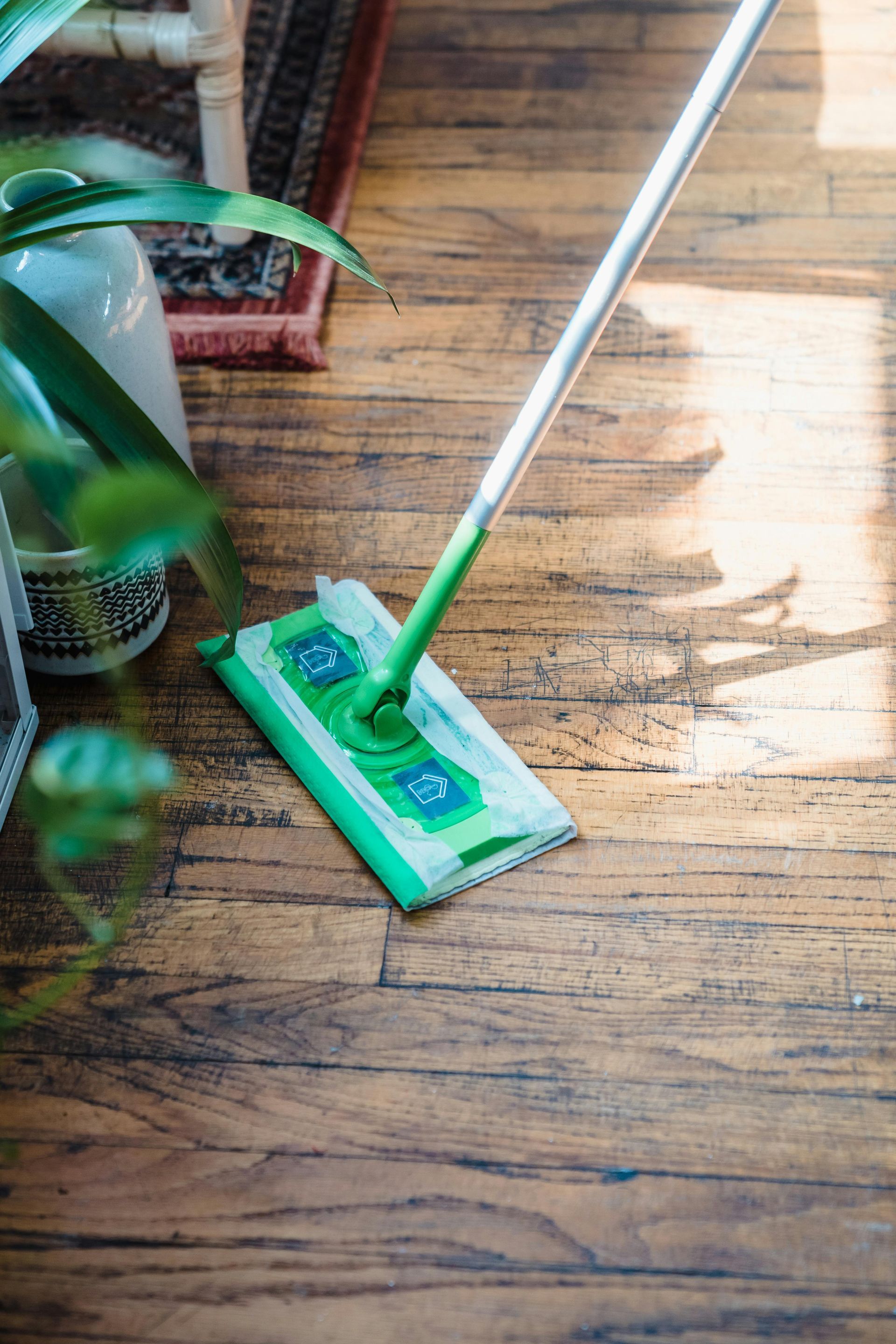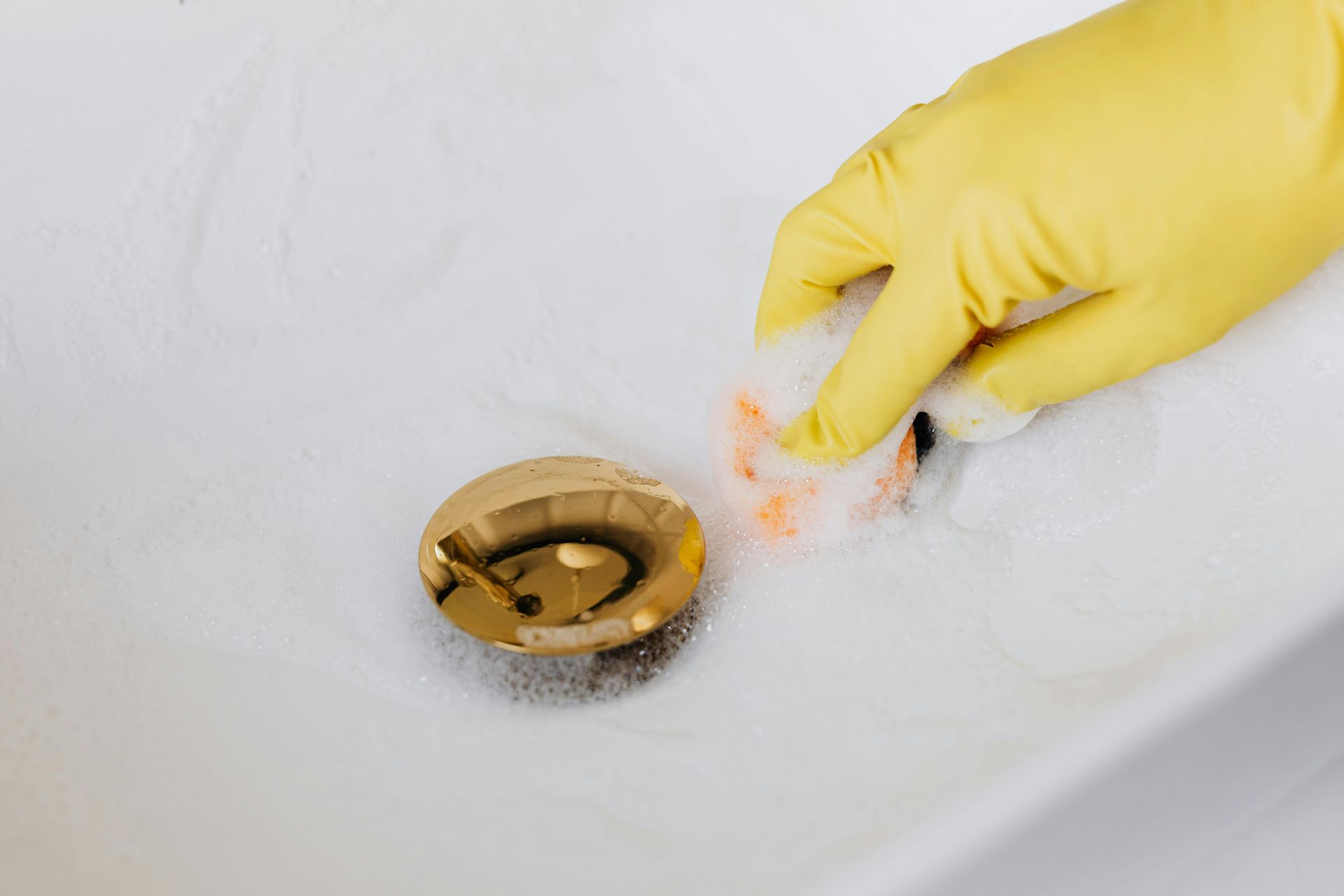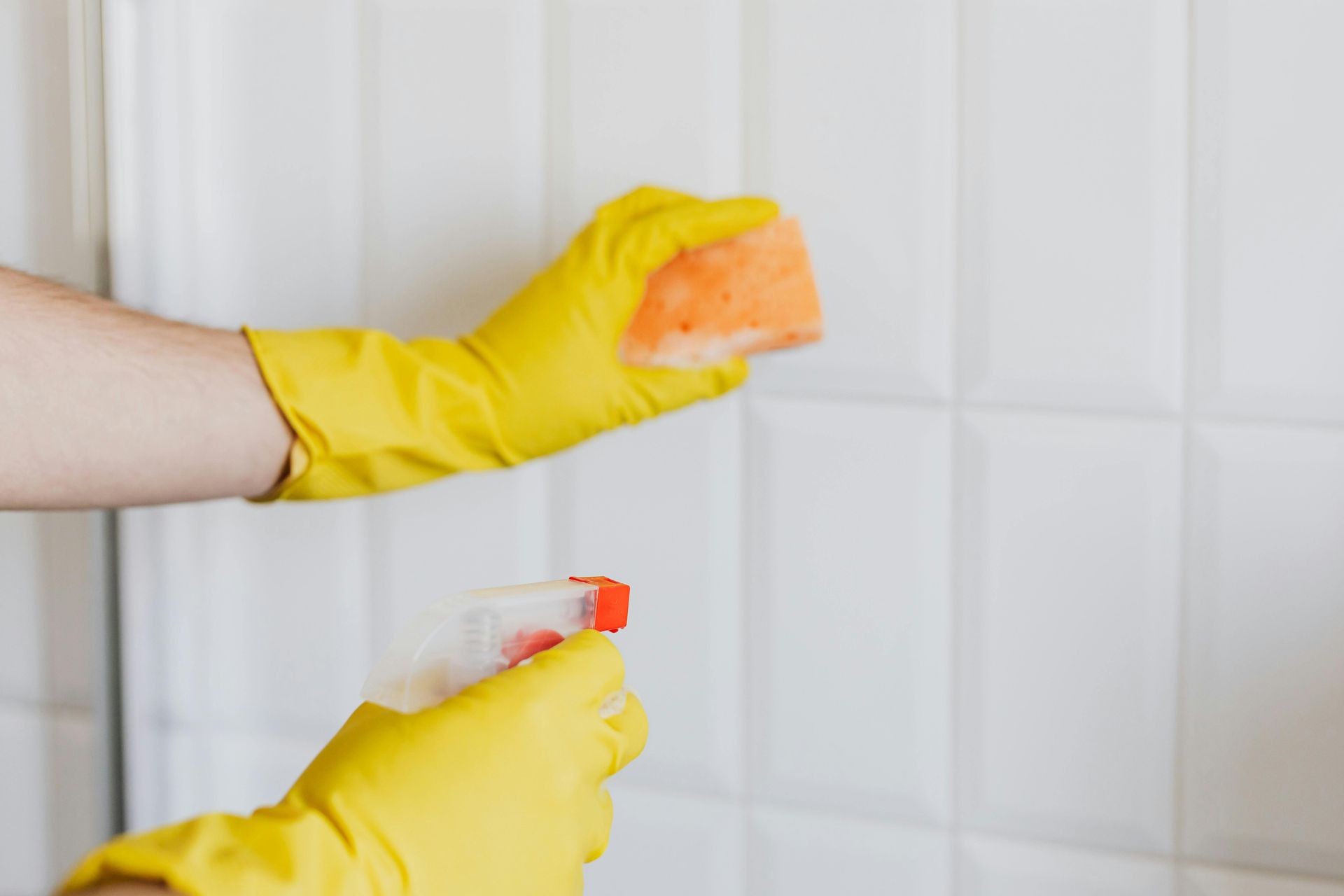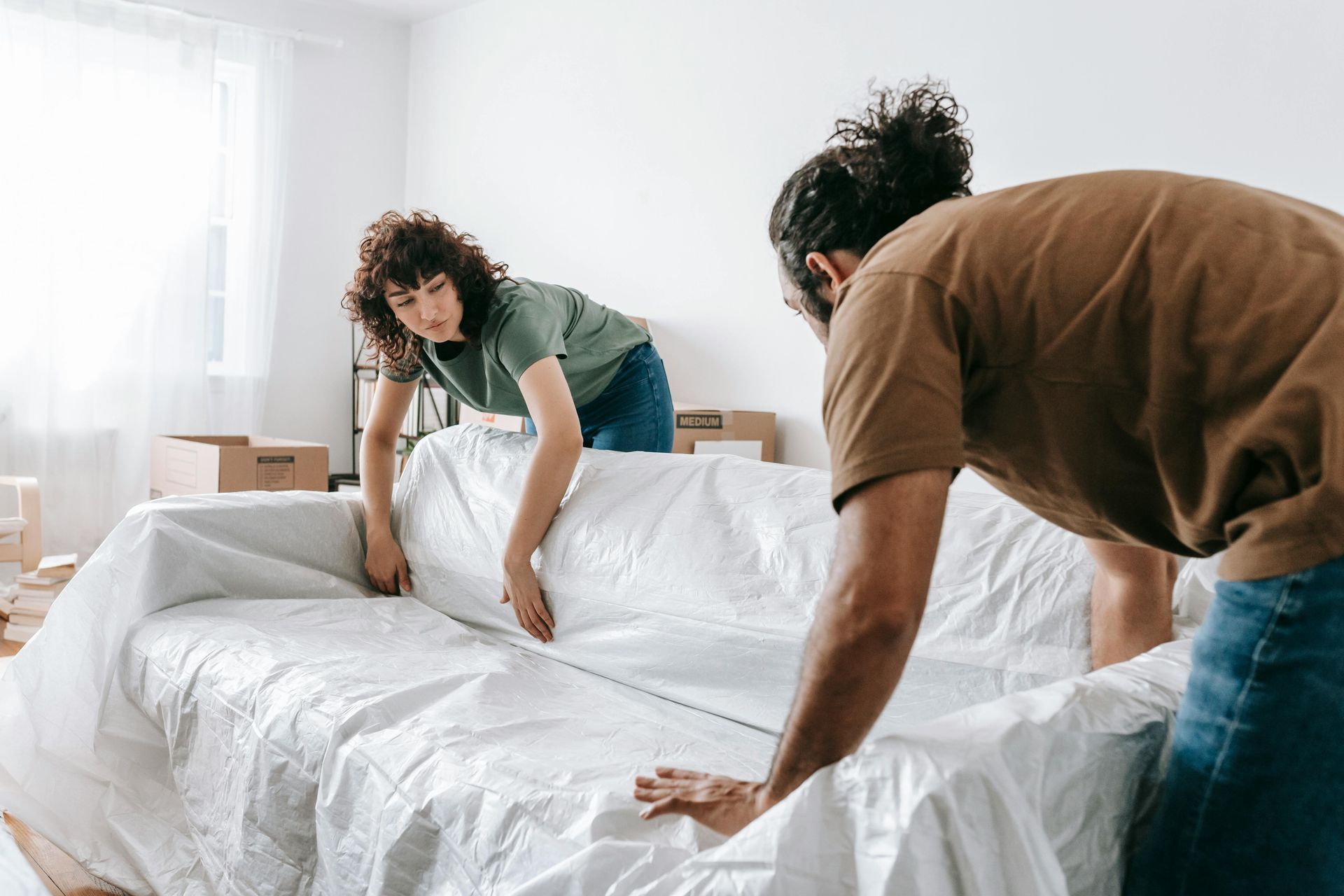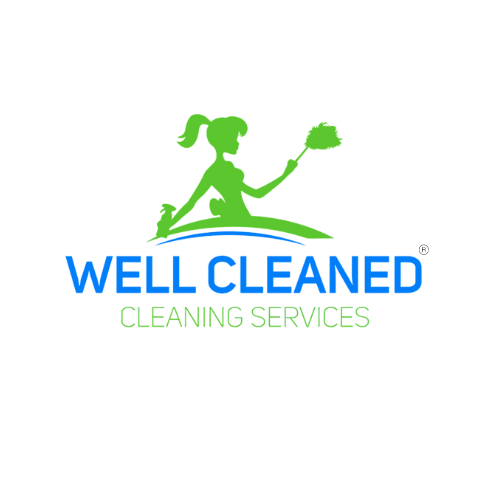Even while you're likely to spend most of your time cleaning the big three—the kitchen sink, counters, and floors—important it's to keep an eye on the cabinet doors as well. Small droplets of grease, food splatter, and steam tend to settle in that area, which subsequently attracts dust, making the surface drab or discolored. Fortunately, cleaning kitchen cabinets isn't difficult, and it doesn't necessitate the use of any unpleasant odors or potentially harmful chemicals. With a few ordinary home products and a little elbow effort, the cabinets can be restored to their former glory.
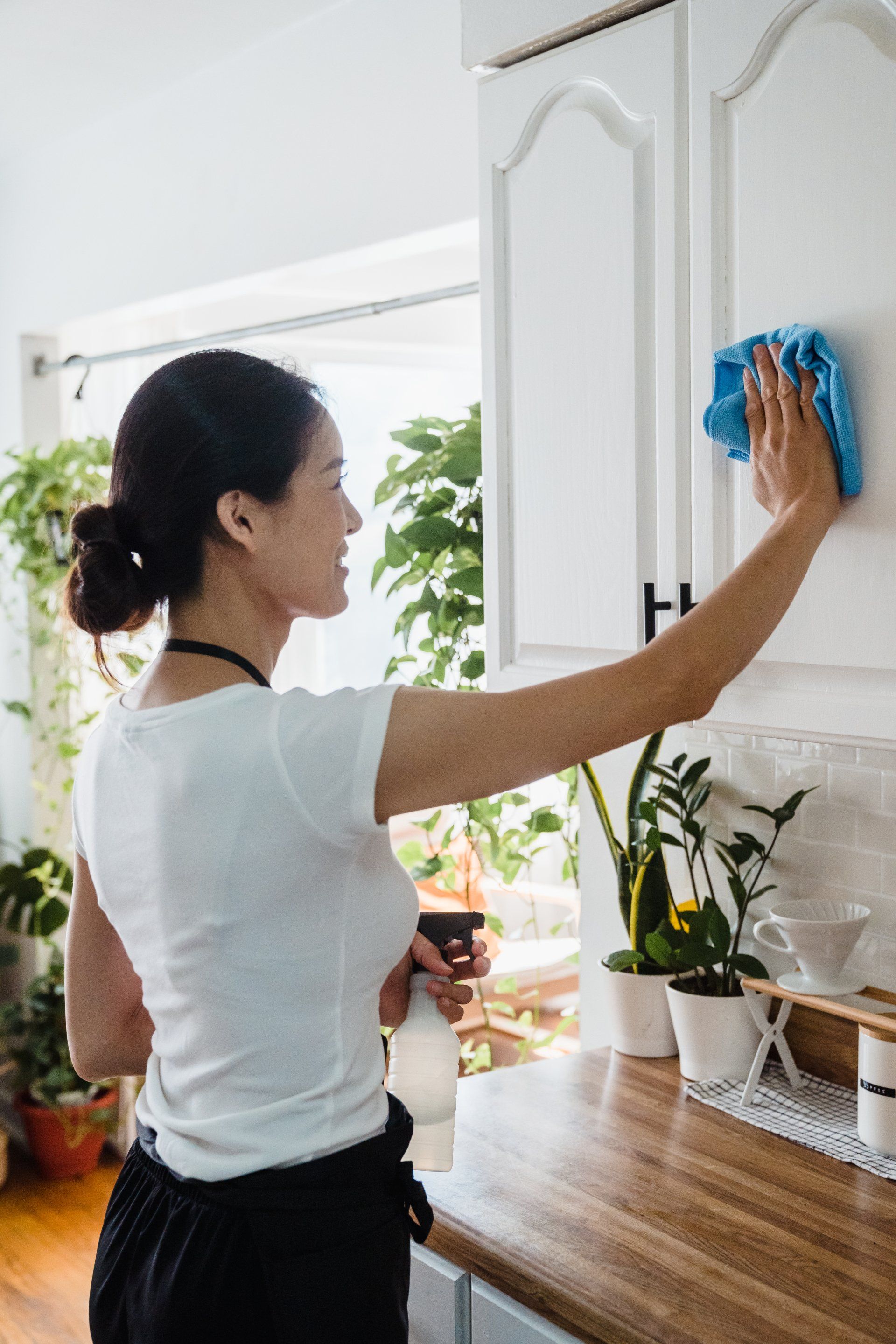
Scrubbing with abrasive cleaners and brushes can damage the finish or paint on kitchen cabinets, so keep them in the sink. Make a mild cleanser by mixing one part mild dishwashing soap with two parts hot water, or the equivalent proportion of distilled white vinegar to hot water. (The warm water softens the grease and grit so that you can easily remove it.) Simply fill a spray bottle with the cleaning solution, and you're ready to go.
Wet the microfiber cloth or a soft rag with the cleaning solution, but don't soak it. The paint or finish on the cabinets might be damaged if they are exposed to excessive moisture. As a final step, wipe down each cabinet door from top to bottom, giving special attention to any moulding or trim that collects dust and filth. Don't forget to clean the inside of the cabinet doors and the handles and knobs. As needed, add more cleaning solution to your cloth, but never let the fabric become so saturated that it begins to dredge up. If required, drain any extra liquid into the sink. A rag can't get inside certain cabinets' intricate mouldings or deep grooves. Dip an old toothbrush into your cleaning solution and carefully scrub those hard-to-reach areas if this is your situation. When cleaning the cabinets, don't overlook those hard-to-reach regions like door handles and knobs.
Sweep the metal clean with a dry microfiber towel. Spray only a few drops of cleaning solution onto your cloth, scrape the spot, and then wipe the metal dry if necessary. After you've cleaned the cabinets, give them one more once-over with a moist towel. In this way, you remove any traces of cleaning solution or dirt that may have been left behind. To avoid spills, use a top-to-bottom approach with your cleaning supplies. When cabinets are left to air dry after being cleaned, the finish or paint might be damaged or bubbled. Instead, dry all damp surfaces with a soft towel to promote a shine.
The glass insets of the cabinets can be cleaned by spraying a clean cloth with vinegar or using a commercial glass cleaner. You may have to go back over the location twice to remove all of the splatters, grease, and other kitchen debris that has accumulated on your glassware. Once you're done cleaning, be sure to wipe the panels dry and avoid using anything abrasive on the glass. Adding a second step is necessary if the cabinets still have stains, crusted grime, or grease on them after you've done cleaning them. Mix one tablespoon of baking soda with two tablespoons of water in a small bowl. Dab the paste onto the soiled areas using a dry, clean towel. For best results, allow the paste to rest for a few minutes before wiping it away gently with a moist cloth. A wet cloth can be used to wipe the spot again, followed by a dry microfiber cloth or soft rag.
Many of us struggle with managing our jobs, personal lives, health and on top of that doing all our household chores. Don't let household chores stop you from doing the things you love to do. Let https://wellcleanedcleaningservices.com/services do the household chores for you. Contact us now and book your cleaning schedule or follow us on face book @wellcleanedcleaningservices.
